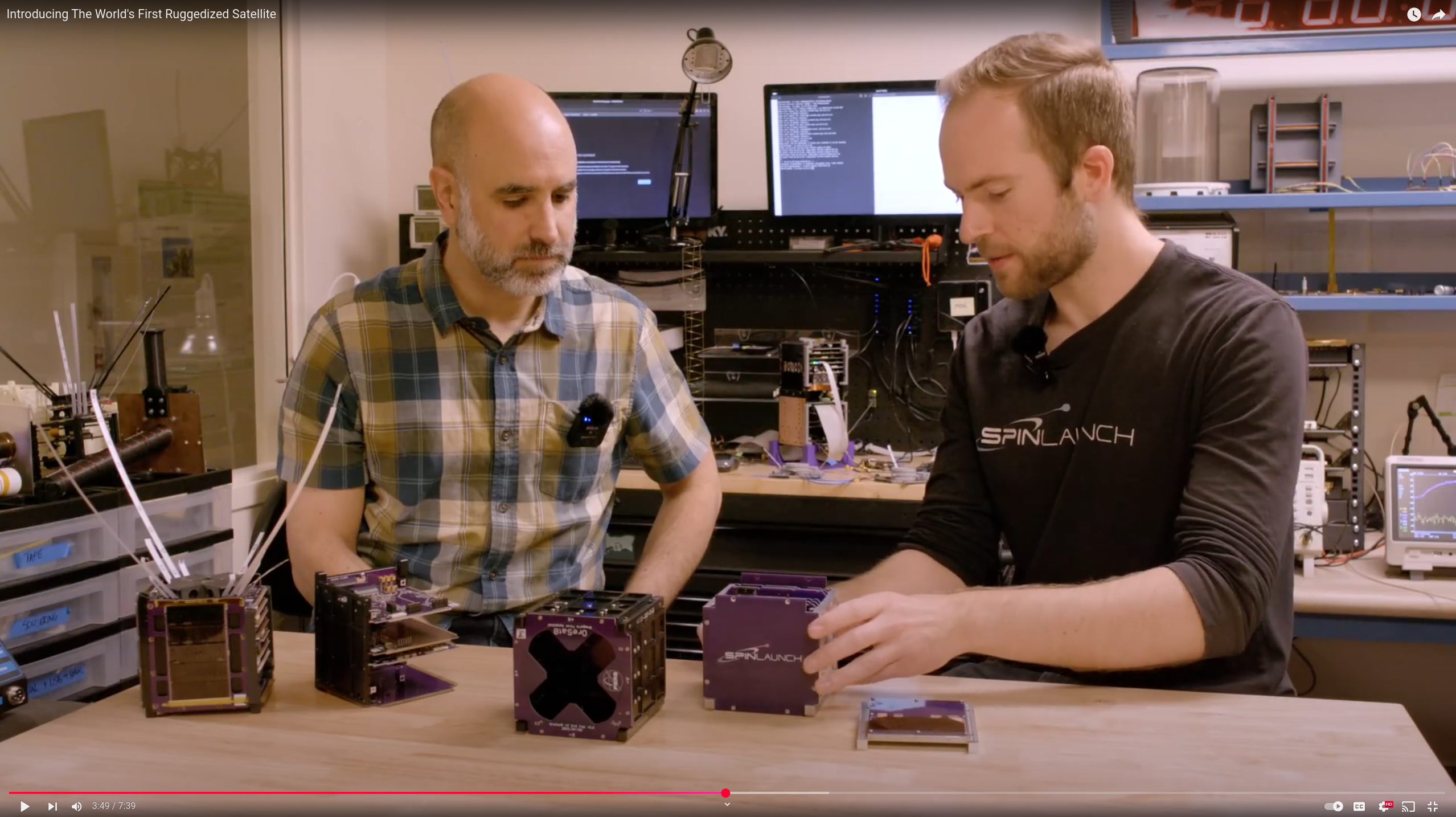
The Hysterical Crypto Bubble Somehow Became Respectable
Until now , the phrase crypto winter meant that cryptocurrency traders were facing hard times: a period of tumbling and depressed prices that had to be weathered until the good times returned. Today, though, the cryptocurrency industry is enjoying an end-of-year season more akin to “brat summer”: This month, crypto prices hit previously unheard-of highs, with bitcoin trading above $100,000. In this new Era of Good Feelings—to borrow a phrase from early-19th-century American history—skeptics have become believers, and a digital-economic instrument that was designed to circumvent, if not replace, the traditional financial system is becoming more and more integrated into it.
The catalyst for this boom, of course, was last month’s election of Donald Trump. Bitcoin’s price fell this week, but it’s still up almost 40 percent since November 5, and other major cryptocurrencies, such as ethereum and ripple, have seen similar spikes. It’s not hard to see why. Trump nominated Cantor Fitzgerald CEO and crypto enthusiast Howard Lutnick to be his secretary of commerce. He named Paul Atkins, also a crypto advocate, as the next head of the Securities Exchange Commission, replacing Gary Gensler, who became crypto’s bête noire for bringing lawsuits against the biggest crypto exchanges and numerous other players in the industry. And Trump recently repeated his campaign promise to set up a Bitcoin Strategic Reserve, which would require the Treasury Department to purchase billions of dollars’ worth of the cryptocurrency and hold it as a “permanent national asset.”
On top of the regulatory environment growing markedly more crypto-friendly, other bullish signs have emerged as well. Last week, the investment giant BlackRock, which back in January was one of 10 companies to issue exchange-traded funds tied to bitcoin, released a report suggesting that investors “with suitable governance and risk tolerance” (meaning tolerance for little governance and lots of risk) should consider having as much as 2 percent of their assets in bitcoin. And MicroStrategy, a software company whose business nowadays consists almost entirely of issuing stock and convertible debt in order to buy bitcoin, was just added to the Nasdaq-100 after its stock rose more than 600 percent in the first 10 months of the year. All of the good news has bitcoin owners—also known as HODLers, a moniker derived from a common online typo of hold that was then also said to stand for “hold on for dear life”—feeling buoyant: On X, predictions of bitcoin hitting $1 million by the end of 2025 are easy to find.























